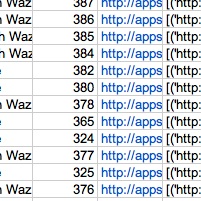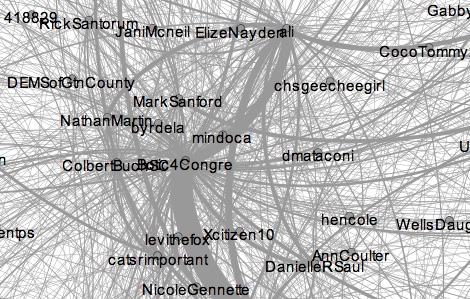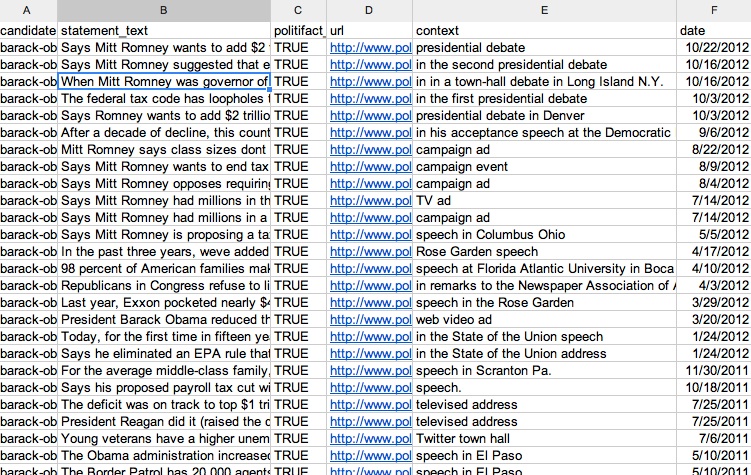|
John's Coding Projects About this page: This page contains a few of my experiments with Python, Javascript, and HTML5. Below, I present the outputs of some of the programs I have written.
|
|
|
Brayton Point Coal Power Plant Automatically-Generated, Interactive Network Graph
Background:
|
|
South Carolina Congressional District #1 Automatically-Generated Network Graph
Background:
|
|
Politifact Reader Organizes Truth-Ratings of Political Figures
Background:
Click to view the public drive containing the rated statements of several politicians. |
|
Washington Post Reader Organizes Data from Drone Strike "App"
Background:
Below is embedded the spreadsheet of results, updated in January 2013. |





